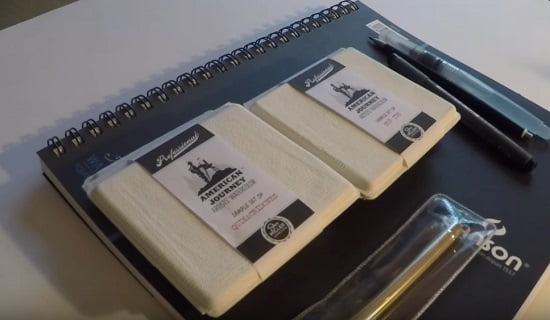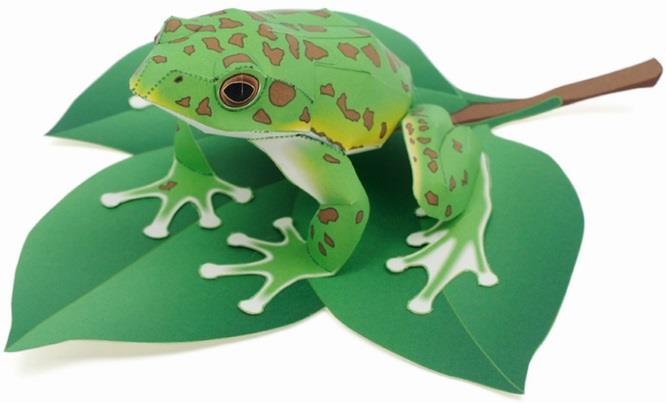Maple jones watercolours
Table of Contents
Table of Contents
Are you looking for a new medium to add to your painting arsenal? Look no further than Japanese watercolor paints. Known for their vibrancy and versatility, these paints have been a staple in the Japanese art scene for centuries. In this post, we will delve into the world of Japanese watercolor paints and explore their unique characteristics and benefits.
Pain Points with Traditional Watercolors
Watercolor paints are notoriously difficult to control, making it a challenge to achieve fine details and precise lines. Additionally, traditional watercolors can appear washed out or dull, leaving paintings lacking in vibrancy and depth. These pain points can be frustrating for artists looking to add depth and detail to their paintings.
The Target of Japanese Watercolor Paints
Japanese watercolor paints, also known as ’nihonga,’ offer a solution to the pain points associated with traditional watercolors. Made with an organic mixture of pigments and a binding agent of either animal or vegetable origin, nihonga are highly pigmented and can achieve rich, vibrant colors. Additionally, due to its thicker consistency, nihonga is easier to control and can create fine details and precise lines that traditional watercolors struggle with.
Benefits of Japanese Watercolor Paints
Aside from their vibrant colors and ease of use, Japanese watercolor paints have a unique texture that is highly sought after by artists. The thicker consistency allows for more layering and blending, creating a multi-dimensional effect that traditional watercolors can’t match. Additionally, nihonga often contains natural materials such as gold leaf and mineral pigments, offering an added level of depth and texture to paintings.
An Experience with Japanese Watercolor Paints
Personally, I fell in love with nihonga after stumbling across a Japanese watercolor painting exhibit in my hometown. The colors seemed to glow from within the paper, creating a sense of depth and texture that I had never seen before. Intrigued, I signed up for a class at my local art studio and was blown away by how much easier it was to control the paint compared to traditional watercolors. With a little practice, I was able to create fine details and textures that I never thought were possible.
Using Japanese Watercolor Paints in Modern Art
While nihonga has a rich history in traditional Japanese art, it can be used in modern art as well. Contemporary artists often use nihonga to create modern works that blend traditional Japanese techniques with a modern twist. Its versatility allows artists to create a wide range of paintings, from abstract pieces to highly detailed landscapes.
Techniques for Working with Japanese Watercolor Paints
When working with nihonga, it’s important to be mindful of its unique qualities. Unlike traditional watercolors, nihonga should be applied in thin layers to achieve the desired effect. Additionally, nihonga responds differently to different types of paper, so it’s important to experiment with different types of paper to see which works best for your style.
Investing in Japanese Watercolor Paints
Investing in high-quality nihonga paints is a must for artists looking to achieve the full range of depth and vibrancy that these paints offer. While they may come at a higher price point than traditional watercolors, the payoff is worth it in the end product. Additionally, investing in high-quality brushes and paper can help elevate your nihonga paintings to the next level.
Questions and Answers about Japanese Watercolor Paints
Q: What are some popular brands of Japanese watercolor paints?
A: Some popular brands of nihonga include Holbein, Maimeri, and Shoen.
Q: Can nihonga be used for other purposes besides painting?
A: Yes, nihonga can be used for a variety of purposes, including dyeing fabrics and creating decorative paper.
Q: How do I clean my nihonga brushes?
A: To clean nihonga brushes, rinse them thoroughly with warm water and reshape the bristles. Avoid using soap or harsh cleaning agents, as they can damage the brush.
Q: Can I mix nihonga with other types of paint?
A: While it is possible to mix nihonga with other types of paint, it’s generally not recommended. Nihonga has unique qualities that can be compromised by mixing with other paints.
Conclusion
Japanese watercolor paints, also known as nihonga, offer a unique painting experience that cannot be matched by traditional watercolors. Highly pigmented, easy to control, and versatile in their uses, nihonga has a rich history in Japanese art and can be incorporated into modern works as well. Investing in high-quality nihonga paints, paper, and brushes can help artists achieve the full range of depth and vibrancy that these paints offer.
Gallery
Japanese Spring - Pinot’s Palette Painting
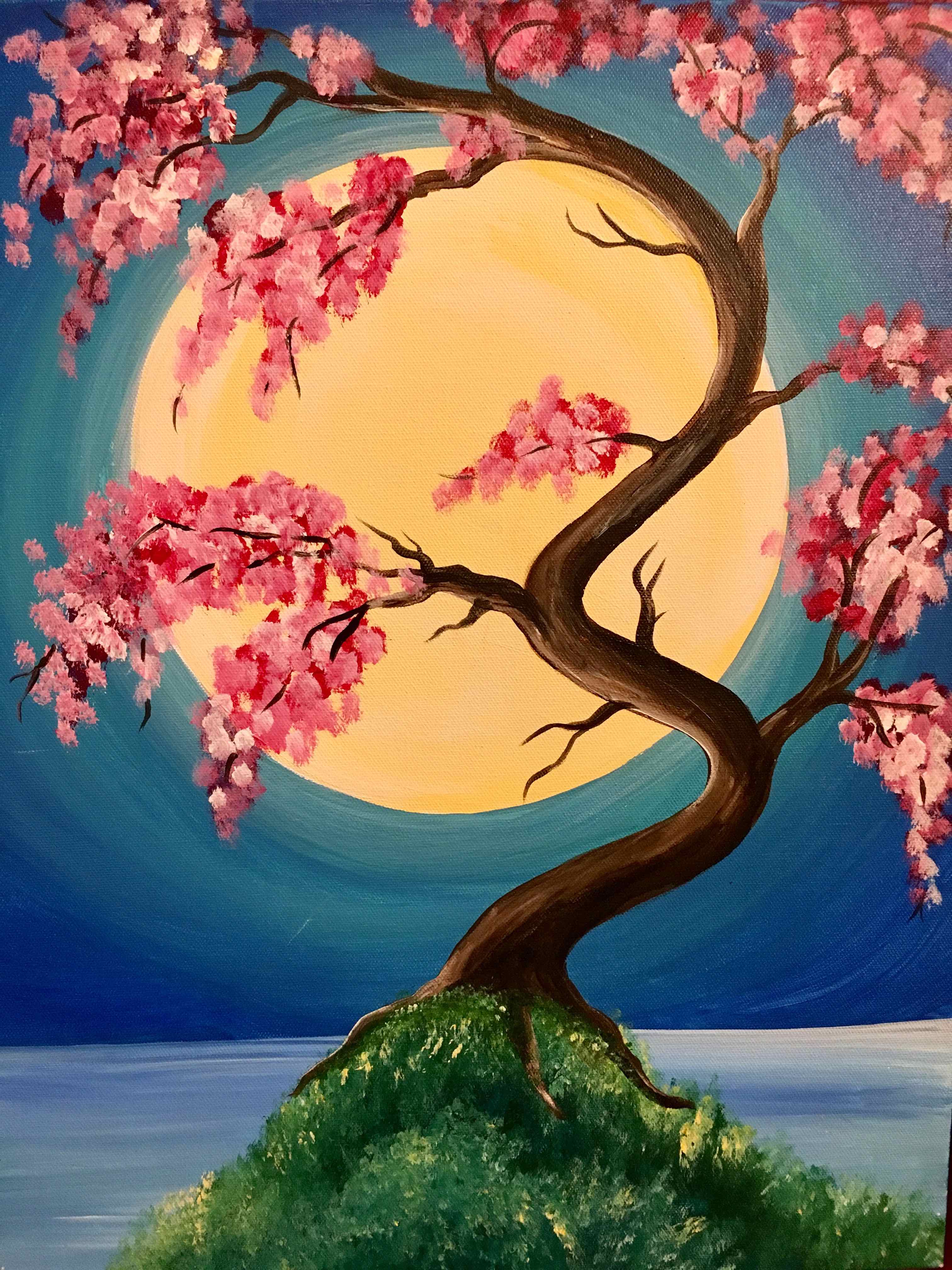
Photo Credit by: bing.com / spring japanese painting paintings easy paint nature drawing flower simple canvas landscape class time acrylic choose board
Japanese Evening | Crow Hill Gallery

Photo Credit by: bing.com / japanese watercolor evening painting original watercolors
Painting A Japanese Maple In Watercolor | By Christopher P Jones | Medium
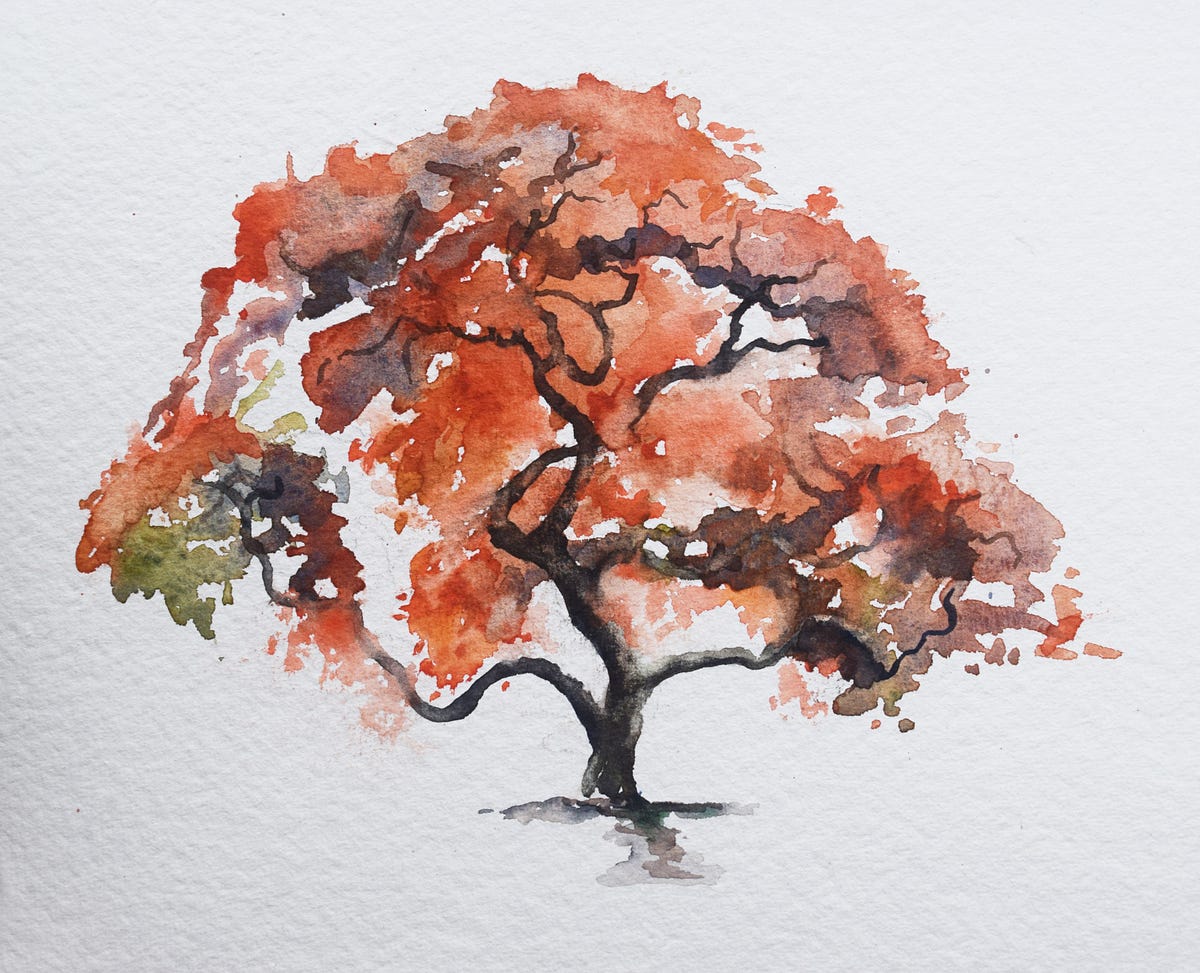
Photo Credit by: bing.com / maple jones watercolours
Artospective: Beautiful Watercolor Paintings By Akihito Horigome From
Photo Credit by: bing.com / akihito horigome tokyo acuarelas inspiradas japón
Ariake - Daybreak - Vintage Japanese Watercolor Painting By Just Eclectic
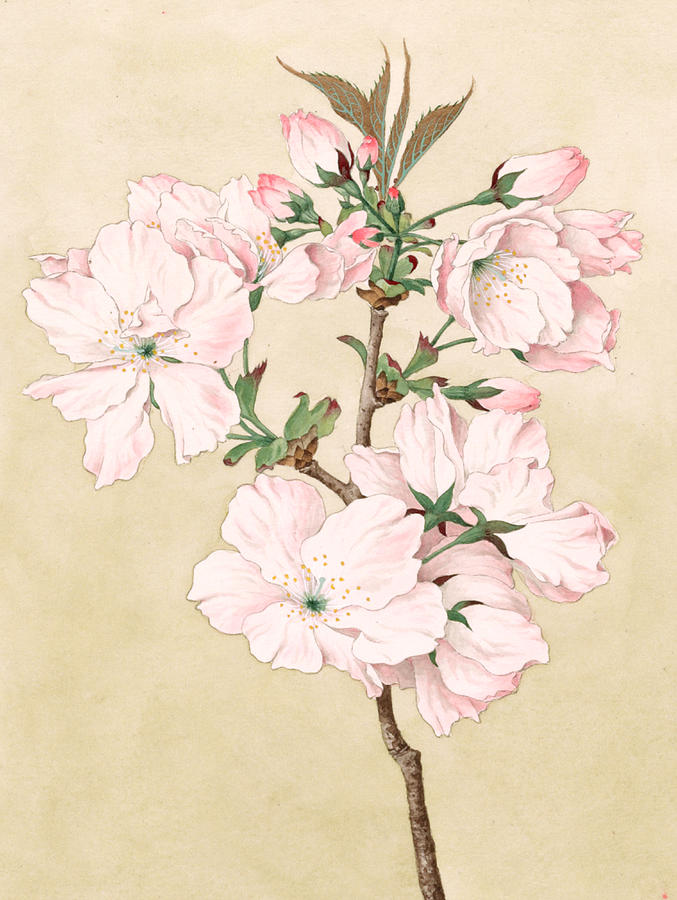
Photo Credit by: bing.com / ariake daybreak 31st 판매자 상품


